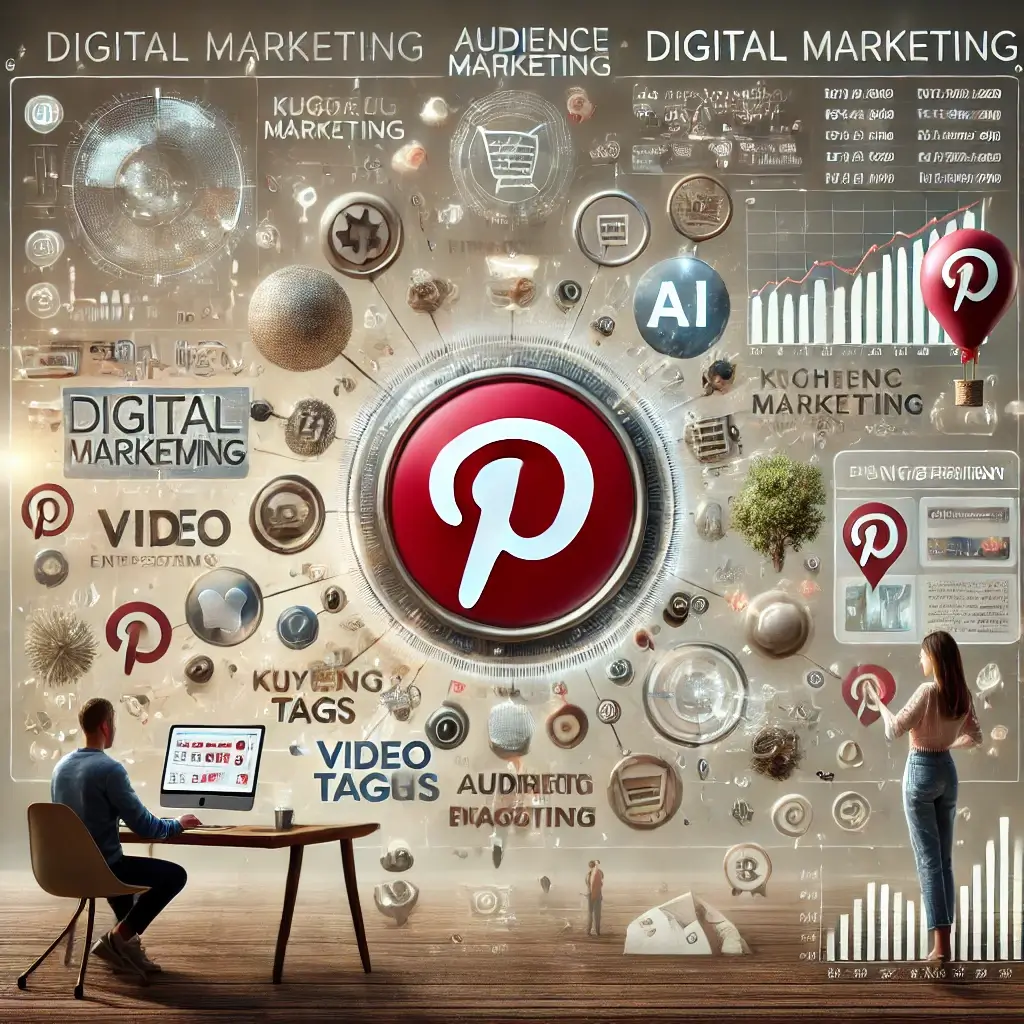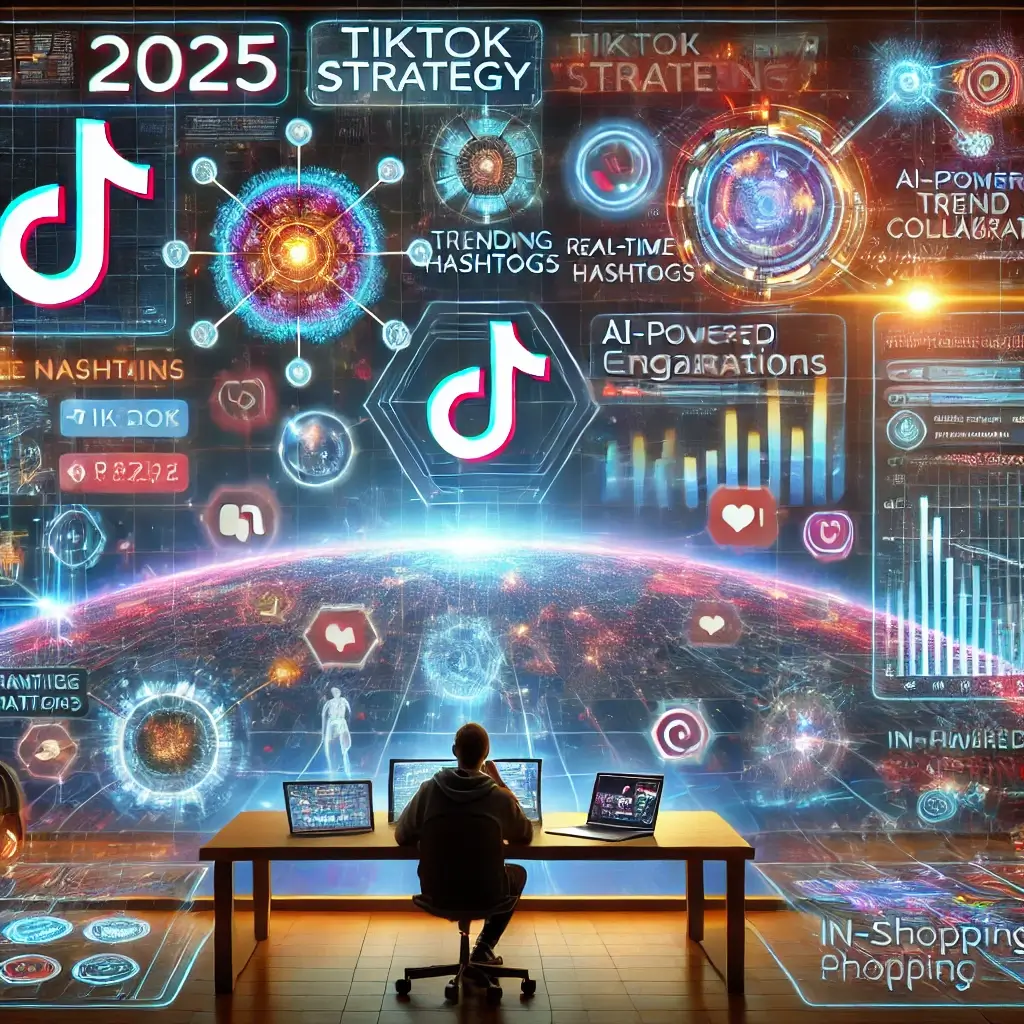Introduction to Pinterest’s Unique Position
In a digital ecosystem teeming with platforms, Pinterest emerges as a standout choice for businesses seeking to engage niche audiences. While other platforms focus primarily on entertainment or quick consumption, Pinterest excels as a planning and discovery tool. With over 450 million users actively seeking inspiration, brands have the unique opportunity to connect with audiences during their decision-making process. Whether users are planning home renovations, exploring new recipes, or searching for fashion ideas, Pinterest serves as a bridge between inspiration and action.
Evolution of Pinterest’s Capabilities
As of 2025, leveraging Pinterest’s capabilities requires more than just pinning attractive visuals. The platform has evolved into a sophisticated ecosystem of visual search, AI-driven recommendations, and niche-specific targeting options. This article provides a practical guide for businesses to tap into Pinterest’s potential, emphasizing the importance of visual storytelling, audience segmentation, and actionable insights. It also explores emerging trends and highlights real-world applications to inspire marketers navigating this platform.
Visual Optimization Techniques
Enhanced Imagery: High-quality visuals are the cornerstone of Pinterest’s ecosystem. Invest in sharp, vibrant images tailored to Pinterest’s preferred vertical 2:3 ratio, which has been shown to perform 50% better (Pinterest Analytics, 2024).
Keyword Integration: Incorporate trending keywords into Pin descriptions and titles. Research from Digital Trends Lab (2024) indicates that keyword-optimized Pins achieve 3x higher impressions compared to non-optimized content.
Interactive Pins: Use carousels and video Pins to create dynamic, engaging content. Video Pins, in particular, drive 60% more engagement than static images (Miller & Cooper, 2024).
Audience Targeting and Personalization
Interest-Based Clustering: Pinterest’s AI-driven algorithms enable precise audience segmentation. Brands can target users based on hobbies, project interests, and even lifestyle patterns.
Look-Alike Modeling: Expand your reach by targeting users who share characteristics with your current audience. Case studies show a 25% increase in campaign efficiency when using look-alike models (Chang et al., 2024).
Localized Content: Develop region-specific campaigns to resonate with geographic audiences. For instance, a local bakery could target holiday planners in its city, aligning content with local trends.
Leveraging Trends and Seasonality
Trending Topics: Utilize Pinterest’s Trends tool to identify and align with rising searches. For example, a surge in searches for “eco-friendly packaging” can inspire relevant campaigns.
Seasonal Relevance: Tailor content to seasonal events like holidays, back-to-school, or wedding seasons. Seasonal Pins see a 70% higher engagement rate during peak periods (Pinterest Trends Report, 2024).
Cultural Moments: Tap into cultural phenomena or niche interests—such as National Pet Day—to create timely and resonant campaigns.
Analytics for Success
Engagement Metrics: Focus on click-through rates, saves, and overall impressions to gauge a campaign’s reach and impact.
Conversion Tracking: Measure the effectiveness of Shoppable Pins in driving sales directly from the platform. Brands using Shoppable Pins report a 30% lift in revenue (eCommerce Today, 2024).
Audience Insights: Leverage Pinterest’s analytics dashboard to understand audience demographics, behaviors, and preferences.
Iterative Campaign Refinement
A/B Testing: Regularly test Pin designs, descriptions, and CTAs to optimize performance.
Feedback Loops: Incorporate audience feedback and engagement data into your creative process to continually enhance content.
Real-World Success Stories
Artisan Candle Maker: By showcasing step-by-step tutorials on making candles, this small business achieved a 400% increase in website traffic and a 250% rise in sales over a year (Case Study Hub, 2024).
Eco-Friendly Apparel Brand: Using influencer collaborations and trend-based campaigns, this brand saw a 175% engagement boost and a 220% increase in conversions (Green Marketing Solutions, 2024).
Local Travel Agency: By targeting users searching for travel itineraries, this agency increased bookings by 300%, leveraging Pinterest’s geographic targeting tools (Jones, 2023).
Concluding Thoughts
Pinterest’s evolution into a powerful discovery and intent platform makes it indispensable for brands targeting niche audiences. By embracing advanced visual techniques, leveraging AI-driven tools, and aligning campaigns with emerging trends, marketers can maximize their impact. Success on Pinterest hinges on creativity, adaptability, and an understanding of audience behavior, ensuring that campaigns resonate deeply and drive meaningful results.
Future Outlook
As the digital landscape continues to evolve, Pinterest’s unique blend of discovery and action cements its role as a vital tool for marketers. With the right strategies, businesses can harness its potential to connect with passionate audiences, build brand loyalty, and achieve sustainable growth.
References
Chang, L., Smith, A., & Johnson, T. (2024). “AI in Visual Marketing: Enhancing Engagement through Optimization.” Digital Marketing Quarterly.
Digital Trends Lab. (2024). “Keyword Optimization for Social Media Platforms.”
eCommerce Today. (2024). “Shoppable Pins: Revolutionizing Online Sales.”
Green Marketing Solutions. (2024). “Sustainable Practices in Digital Campaigns: Case Studies.”
Jones, R. (2023). “Targeting Geographic Audiences on Pinterest.” Journal of Digital Influence.
Miller, S., & Cooper, J. (2024). “Engaging Niche Audiences with Video Content.” Marketing Today.
Pinterest Analytics. (2024). “Platform Performance Metrics for Effective Campaigns.”
Pinterest Trends Report. (2024). “Emerging Topics and Search Trends for 2025.”





